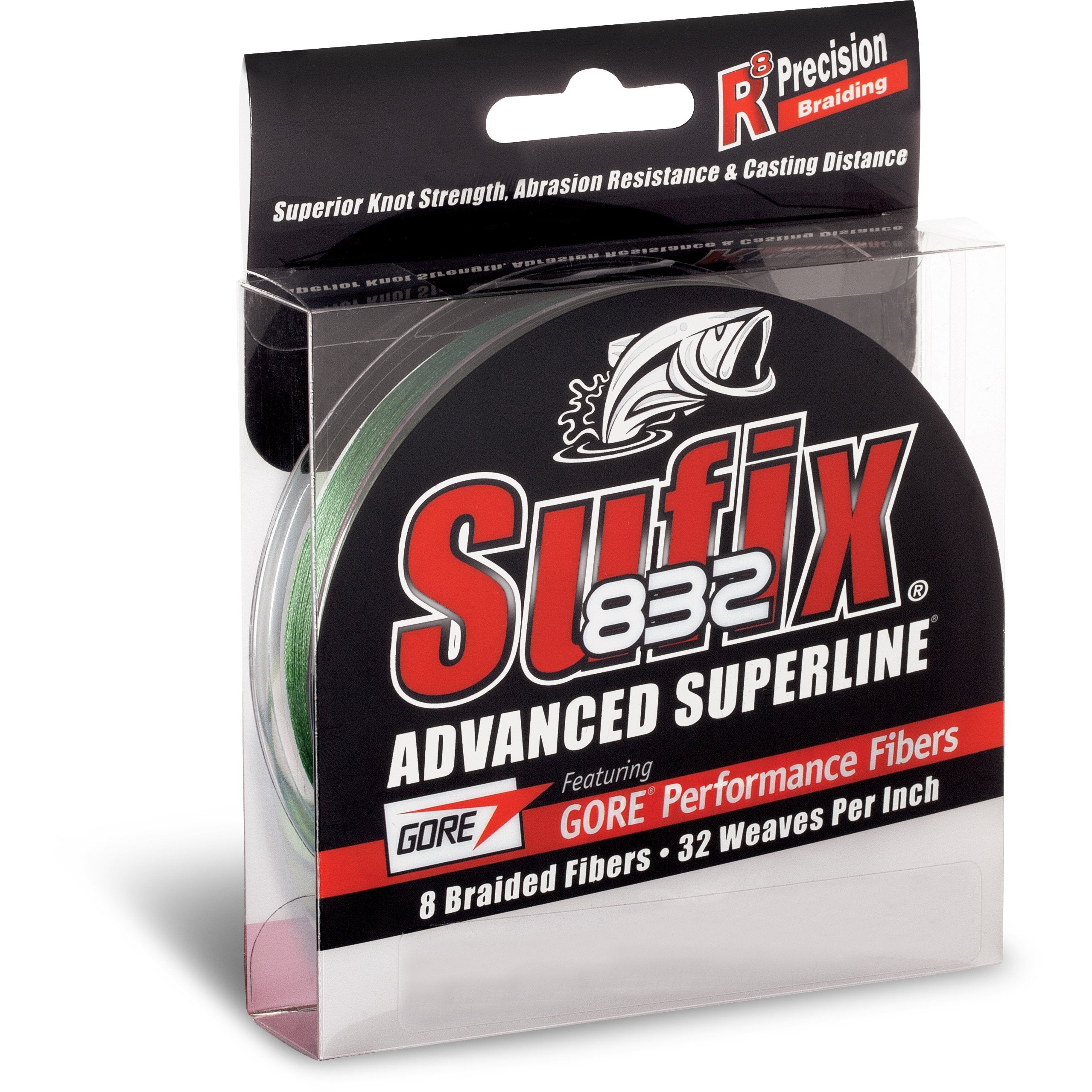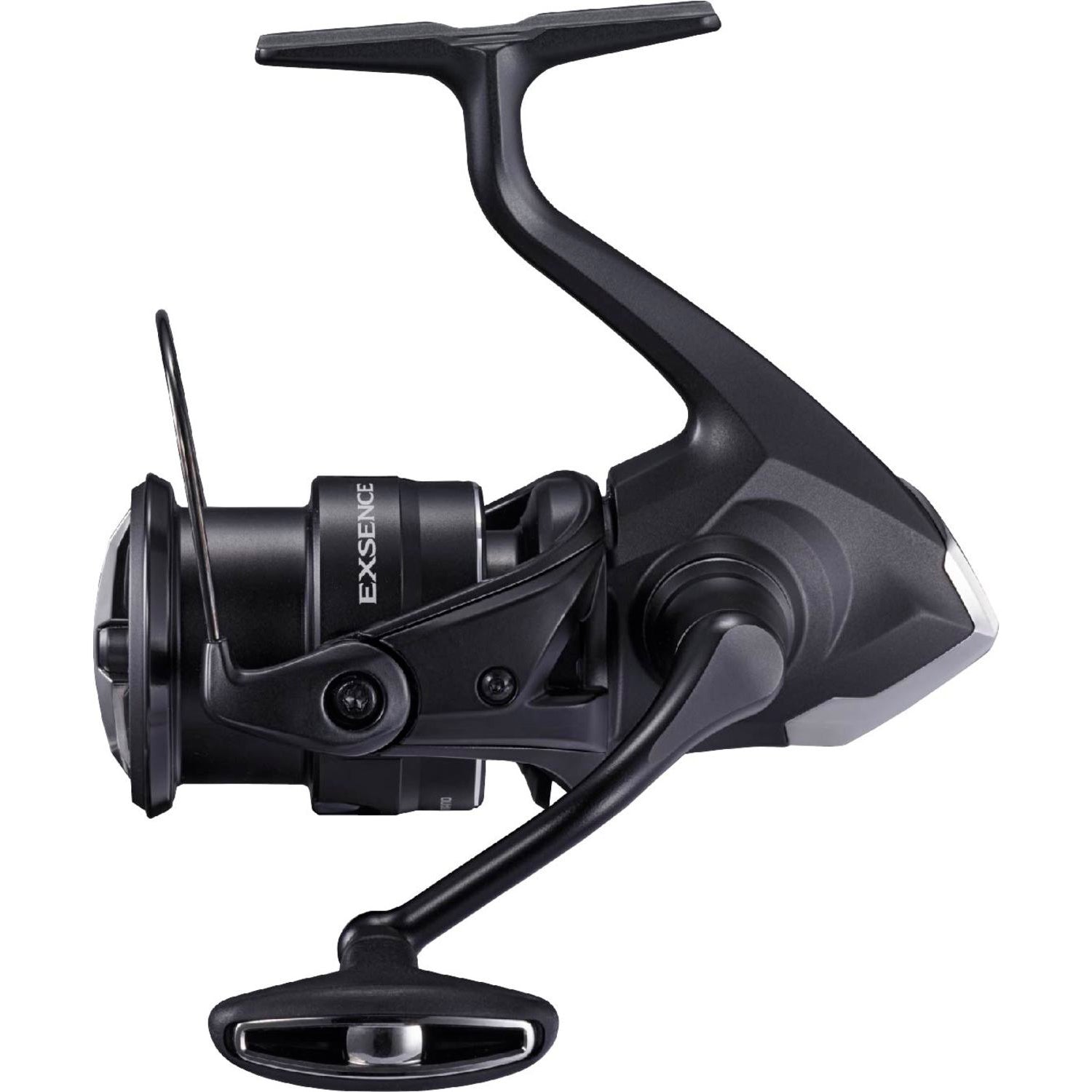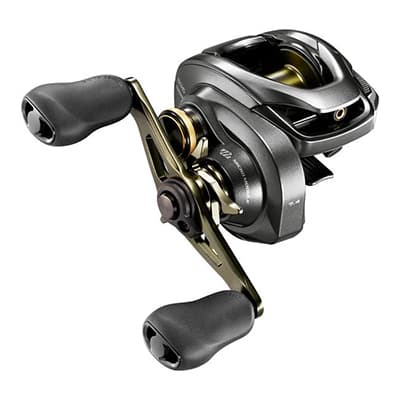When to Use Braided Line on Reels
Published: Updated:
Pete explains when the best time is to put braid on your spinning and casting reels.
All Featured Products

Sufix 832 Braid
$16.99 – $115.99
Jump to 0:24

Sufix 832 Braid
$16.99 – $115.99
Jump to 6:48
Video Transcription
When and why to try braided line on your spinning or casting equipment. We'll start with spinning reels. I started out using spinning reels and I think most anglers start out either using a push button style reel or a spinning reel. Uh, traditionally it was always monofilament was a line you started out with. And monofilament is still popular today, but it's losing its popularity versus the fluorocarbons and super lines of the world like this Sufix 832, Omnia Fishing's most popular braided lines. The line we sell the most of when it comes to those super lines.
Monofilament on a spinning reel, like I said, was the most popular way to fish for a long period of time. And it still is a great way to get started in your angling adventures. Uh, when you want to switch to braided line typically with a spinning reel, it 's because, uh, one, you want more sensitivity and you want your line to last you longer on there. If you don't like switching, you're lying out a bunch. If you want to just put your line on it one time that year and use it throughout the entire season, braid really shines at that. You don't have to change it out. You can just tie that braided line on early in the, in the year.
You want to typically put a little bit of backing that is older monofilament that you got or just some, uh, small fluorocarbons you have on the spool and then fill the rest of the spool up with braided line. Cause cause braided line is such a thin diameter. You don't want to waste the whole big spool line filling up one reel. Uh, also, uh, it's so thin that it typically won't even fill the whole spool up . It'll end up being shallow on there and you want to try with braided line to get that line almost out to the edge of that spool it. Now a lot of anglers always say don't do that because it'll, you get a lot of line twists or line issues. If your spools filled up with braided line, you don't tend to have those memory issues.
So once again, it's another advantage to trying braided line on a spinning reel because you don't get that coil on those line tangles. You typically can get with monofilament or fluorocarbon throughout the season. If you leave it on the spool, another big feature, as I mentioned before, with braided line is sensitivity. It adds sensitivity to your setup. It doesn't matter if you're using a $20 rod or a $500 rod, you're going to add sensitivity to your presentation by using braided line. There's zero stretch in braids so you can feel all that bottom transition changes. You can feel what kind of cover your bait is in. You feel where your bait is in the water column a lot better. If you're an angler, this struggles knowing it's my bait on the bottom. Where is my bait? If it's windy that day and you got a bow in your line, you can never get your line straight off the tip of your line down to the bait. Braided line adds that sensitivity of feeling and knowing where your bait is at all times. And because it has such a thin diameter, it cuts through the water column a lot nicer so it can get some baits down there deeper, quicker than even a floating line like a monofilament or a fluorocarbon that sinks. Braided will still beat it a lot of times down in the water column because the drag of the resistance is so minimal because of how thin that diameter is. So a couple of reasons to try braided line on your spinning reels is if you don't like to switch your line out a whole bunch, try braided line because it 'll last you years, not let alone a whole season without having to change your line out. It adds sensitivity.
And the biggest one for me is braided line adds versatility. When I have braided line on a spinning reel, I'm not limited to any singular technique with that reel. I haven't put a bunch of big monofilament on to throw bigger baits or anything like that or really, really thin stuff to try and get a bite from a really deep, very smallmouth or a spotted bass. When I have braided on, for example, this is High Vis Yellow 832 in 10 pound, I can put this line on for the entire season. And there really isn't an application that I can't fish because I can just add different size and length leaders of fluorocarbon on and get away with just about any application I want to. Even if I wanted to fish a topwater, I could try a little chunk of monofilament on the end of this high vis line and I'm fine. There's there's a whole bunch of applications that you can fish if you try braided line in your spinning tackle.
Next up, we'll get into casting casting reels. It's a lot simpler, a lot more anglers have tried braid on their casting reels because it's so strong. This is 40 pound green, low vis green here. And that's probably my go to size. If I don't know what the exact application I'm going to using the real four phone, use it for a bunch of stuff. 40 pounds, sure enough that I could fish a frog on it. I mean, some anglers would recommend you go a little higher, but I've fished 40 pound on a frog a bunch and it's fine. A swim jig. Anytime I'm tying direct, 40 pounds a great one, but 40 pounds not so thick that I can't tie leaders of fluorocarbon on to, which a lot of anglers are doing now and gives me that versatility. But if you know for a fact, you're going to be fishing direct to that braid for heavy cover applications like fishing and dense thick vegetation, you can go as high as 65 pound tests. Some anglers go as high as 80, but I would say probably 65 pound being your max on a little low profile bass fishing reel. Your muskie anglers and saltwater anglers can go to bigger size braids, but typically in bass fishing about that 65 is about where you want to go. But braid just gives you that ultimate power when it comes to casting reels. I can downsize the braided line if I want extra distance on my cast for like topwater fishing or something like that as well. So when it comes to deciding you want to try braided line on your spinning or casting equipment, think of it as one there.
Believe it or not, even though the price of the line is a little bit more than your traditional monofilaments, it is a cost savings because you're filling your reel up for the whole season. You're getting versatility. You're getting that strength. There's a whole bunch of pluses to try and braided line for myself as an angler. I found myself spooling up I would say probably nine out of 10 of my setups at all times are I'm spooling up being in the year with braided line right away because I have that versatility to to do just about anything I need to do short of, I'd say crankbait fishing with with braided line on my reel.
So try out braided line. If you don't have a clue on what you're looking at, try to high vis color for your spinning tackle. I would say 20 pound and down. Don't go much lower than six pound test. If you're new to it, I would stay that eight pound up to 20 pound test in casting. I wouldn't go thinner than 30 pound if you're new to it. I'd start with 30, 40, 50 pound test and get used to using that line. It's a little thin on a baitcaster to go smaller than that. If you're new to it because you can it'll dig in real deep if you have a mess up, like a backlash. So try 832 as well if you're new to braided line. It's a really simple line to fish with. It's soft. It's supple. A cast so far. It ties great knots. A real easy line to try. If you're not familiar with braided line at all, also learn the power. Not it's an easy first not to learn to tie traditional fishermen's not will slip out with braided line. So learn that palomar not get yourself some monofilament backing for your reels and try some braided line on your next fishing out. Thank you. (upbeat music)






